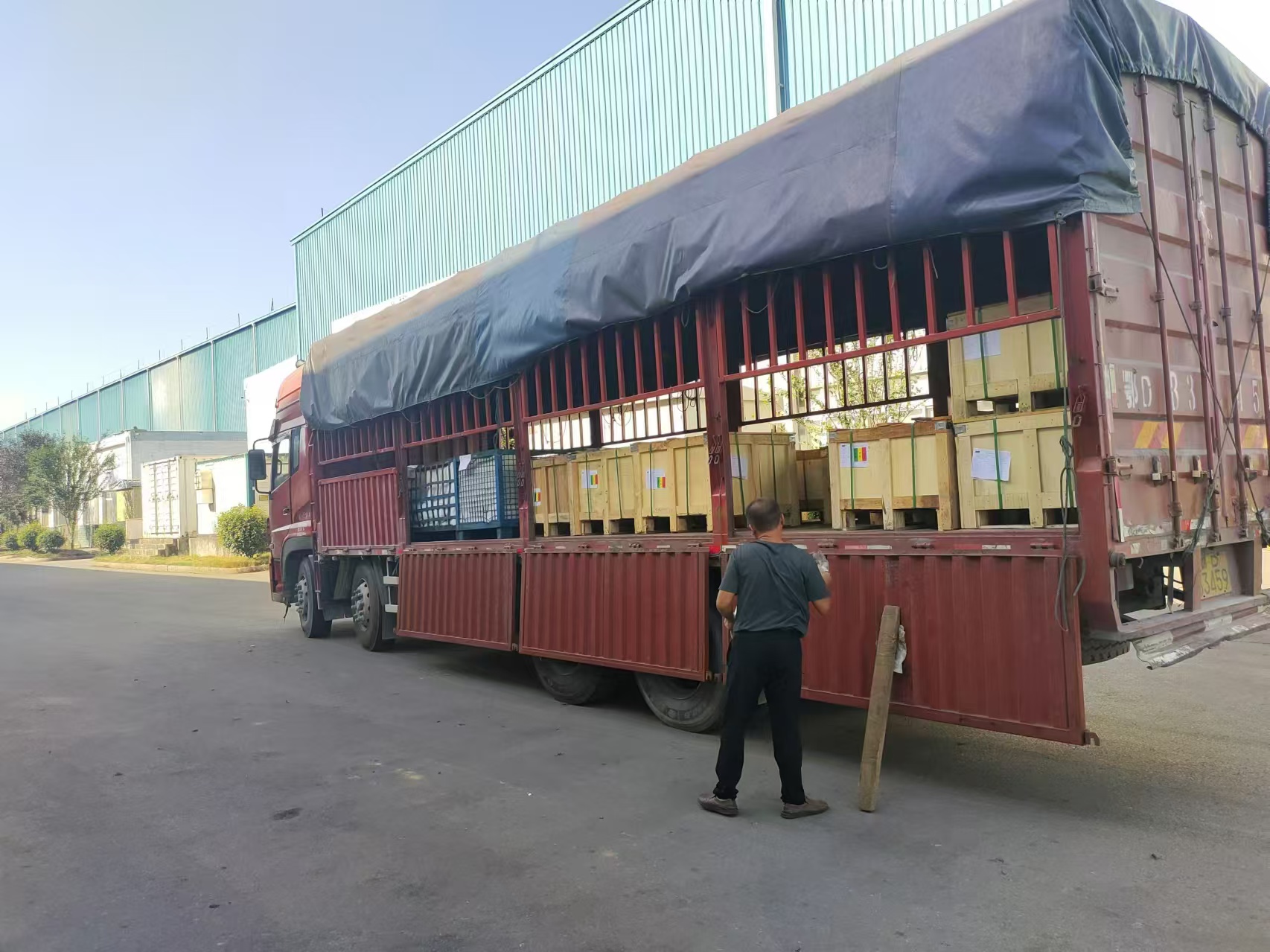Forging process according to its mode of movement
2024-08-14
Forging process according to its mode of movement
The forging is deformed in the cold forging process, and the work hardening makes the forging die bear a great load. For this reason, it is necessary to use high-strength forging dies and hard lubricating films to prevent wear and bonding. In addition, in order to prevent the blank from cracking, intermediate annealing is required to ensure the desired deformation capacity. In order to maintain a good lubrication state, the blank can be phosphating. Due to the continuous processing of bar and rod, it is not possible to lubricate the section at present, so the possibility of phosphating lubrication is being studied.
Forgings can be divided into free forging, cold heading, extrusion, die forging, closed forging, closed forging, etc. Both closed forging and closed heading forging have no flash edge, and the material utilization rate is high. The finishing of complex forgings can be completed in one or a few steps. In the case of no flash, the bearing area of the forging is reduced and the required load is reduced. However, in the case that the blank can not be completely defined, the blank volume should be strictly controlled, the relative position of the die should be controlled, and the forging should be checked to minimize the wear of the forging die.
The forging process can be divided into swing forging, swing forging, roll forging, cross wedge rolling, ring rolling and rolling according to its mode movement. Precision forging can be carried out with swing rollers, pendulum rotary forgings and rollers. Roll and cross rolling can be used as the previous process of slender materials to improve material utilization. The use of free forging and other rotary forging process, can also be local forming, with the ability to achieve forging processing under the condition of small forging size, including free forging forging method, in the process of processing, the material from the die surface close to the free surface, so it is difficult to ensure its accuracy, therefore, with the computer to control the direction of forging die movement and rotary forging process, Products with complex shapes and high precision can be obtained, thereby improving their processing capacity.
When the temperature exceeds 300-400℃(steel blue embrittlement zone)700℃-800℃, the deformation resistance is significantly reduced, and the deformation ability is significantly increased. Forging according to different temperature zones, forging quality and forging process requirements, can be divided into cold forging, warm forging, hot forging three forming temperature zones. In general, forging in the recrystallization temperature zone is called hot forging, while forgings that are not heated at room temperature are called cold forging.
During cold forging, the forging size does not change much. Less than 700℃ forging process, less oxide formation, no surface decarburization phenomenon. Therefore, as long as the cold forging deformation can reach the energy range, good dimensional accuracy and surface finish can be obtained. If the temperature and lubrication cooling are well controlled, it can be forged at 700 ° C to obtain higher accuracy. In hot forging, the deformation energy is small, the deformation resistance is small, and the large forging with complex shape can be forged.
these products are ready to ship to our customers




